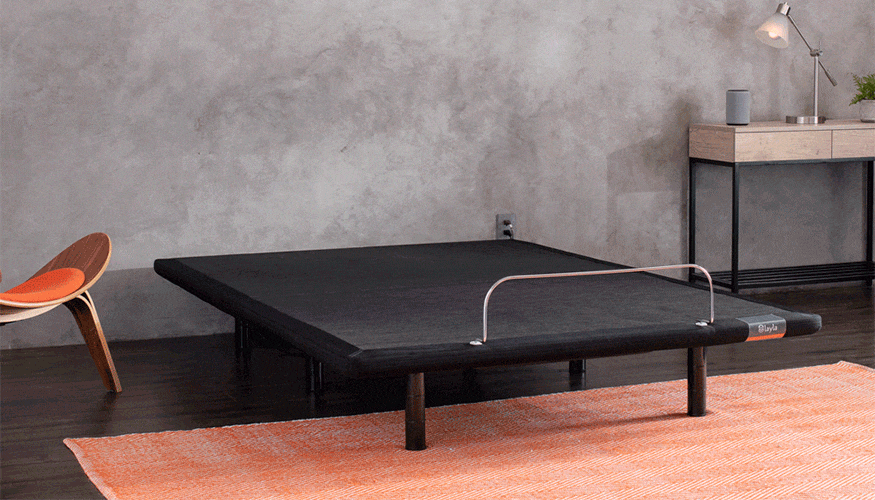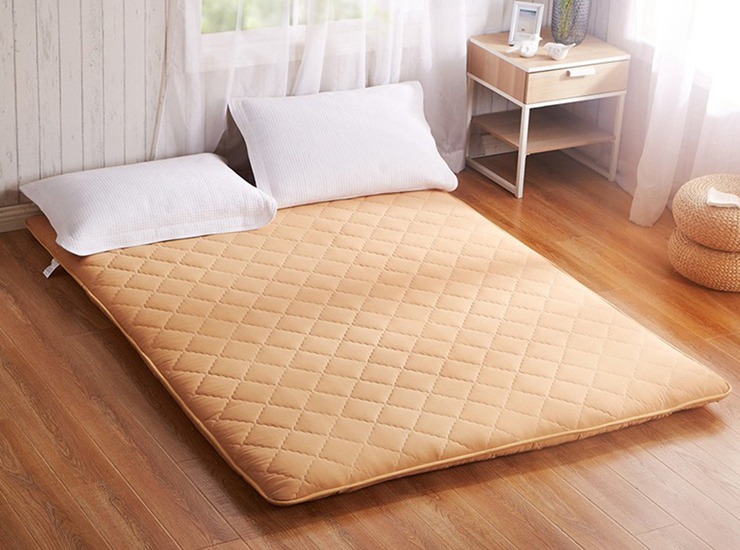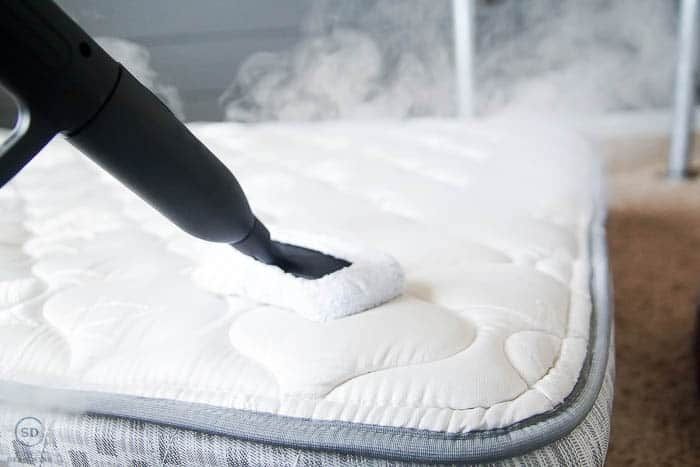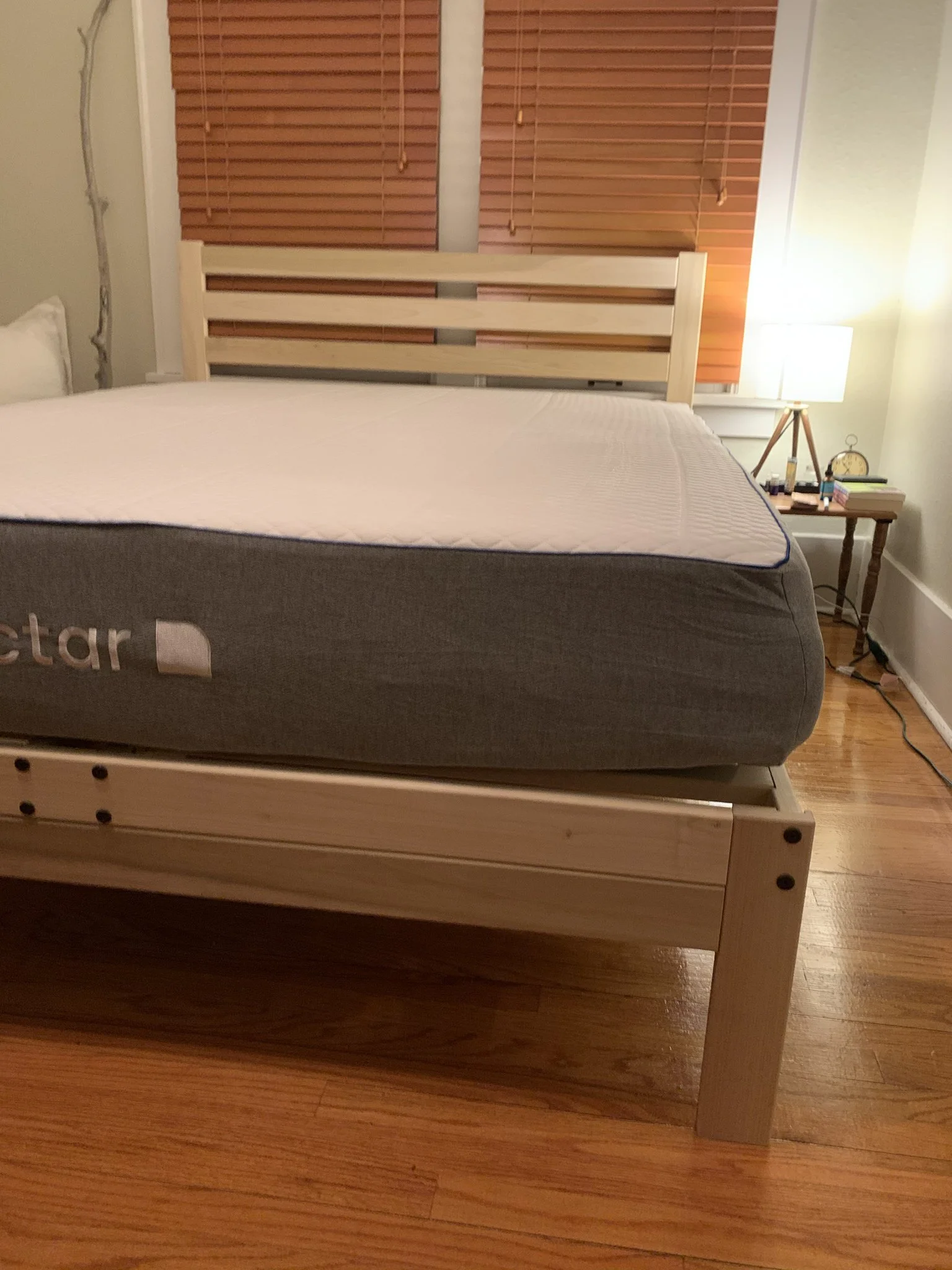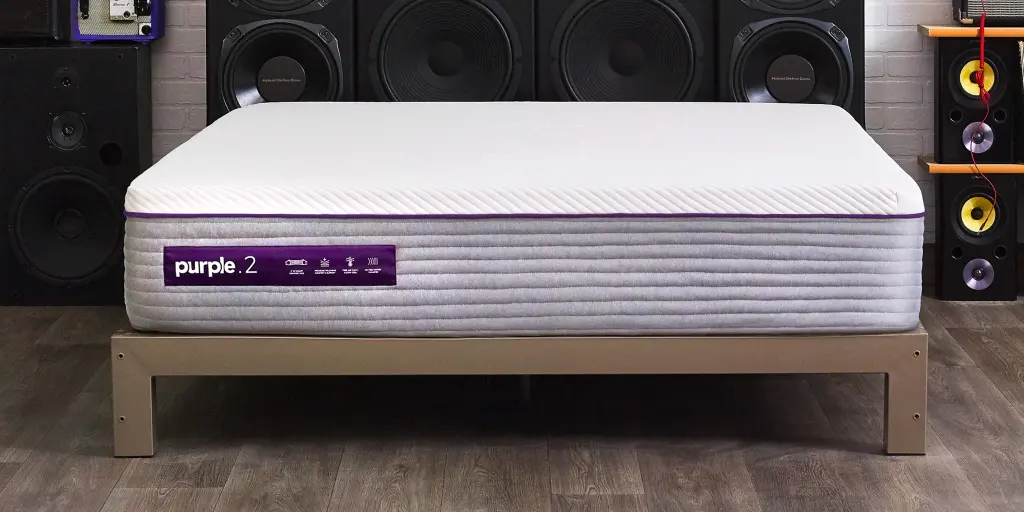
Expert's Note


Are you wondering if your sleeping posture is worsening your anterior pelvic tilt and causing damage to your back?
In this article, we put an end to it all.
Read our article below to know all the answers about how should you sleep to stop damaging your back, and start restoring proper back alignment.

Do you ever wake up feeling stiff and sore? You may be suffering from anterior pelvic tilt (APT).
This condition causes the hips to be tilted forward and the lower back to arch, leading to discomfort and pain.
In this article, we'll discuss the types of pelvic tilt, the neutral pelvic position, the effects of sleeping position on anterior pelvic tilt, how to sleep with anterior pelvic tilt, and how not to sleep with anterior pelvic tilt.
What is Anterior Pelvic Tilt?
Anterior pelvic tilt is a condition where the hips are tilted forward and the lower back is arched.
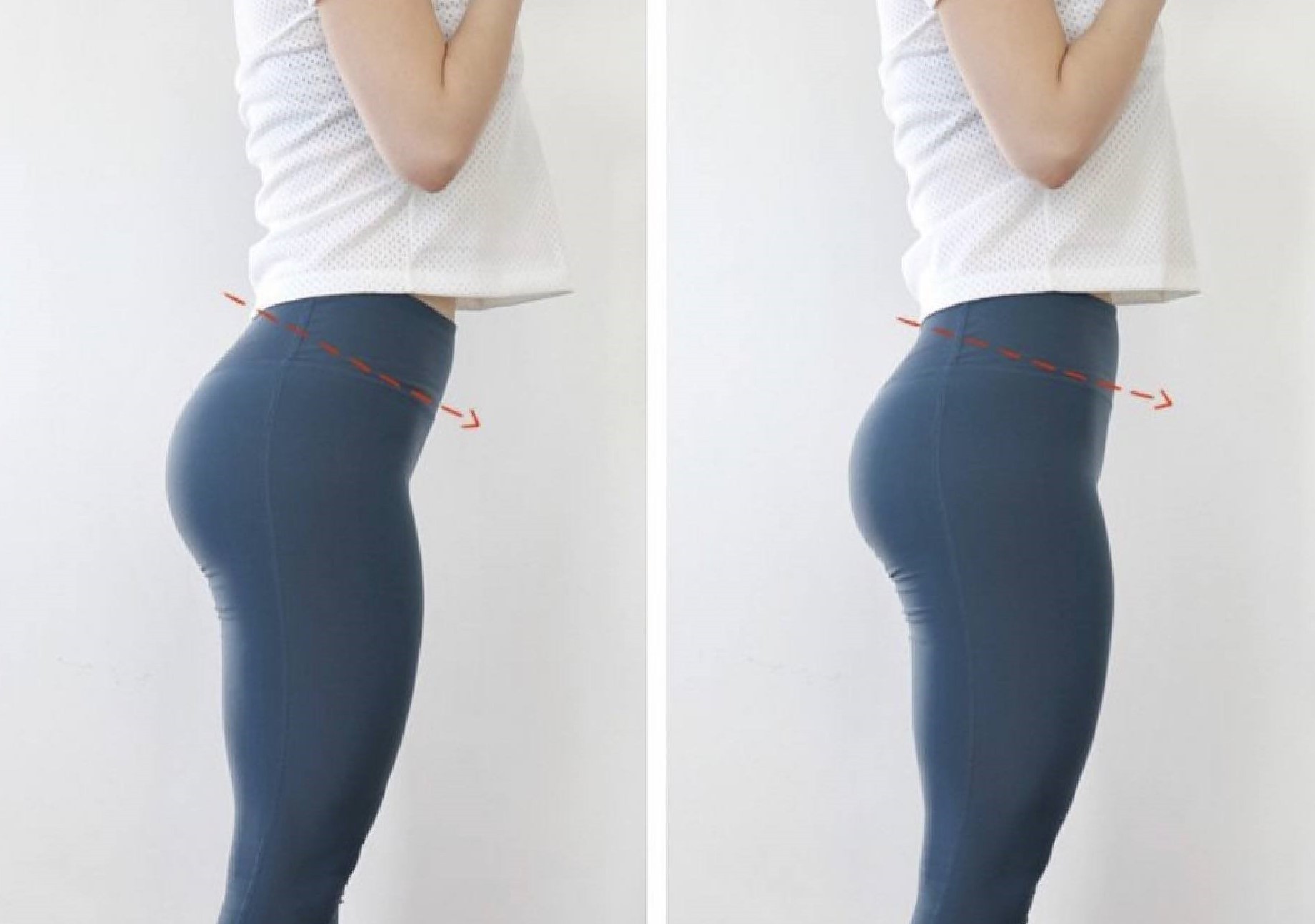
This can result in discomfort and pain in the lower back, hips, and legs. It is caused by tightness in the hip flexors, weak abdominal muscles, and weak glutes.
Types of Pelvic Tilt
There are three types of pelvic tilt: anterior pelvic tilt, posterior pelvic tilt, and lateral pelvic tilt.
- Anterior pelvic tilt occurs when the hips are tilted forward and the lower back is arched.
- Posterior pelvic tilt occurs when the hips are tilted backward and the lower back is flattened.
- Lateral pelvic tilt occurs when the hips are tilted to one side and the spine is curved.
What Causes Anterior Pelvic Tilt?
Tight hip flexors, weak abdominal muscles, and weak glutes are all contributing factors to anterior pelvic tilt.
It is important to stretch and strengthen these muscle groups to reduce the discomfort and pain caused by anterior pelvic tilt. Exercises like bridges, planks, and bird dogs can help strengthen the muscle groups that support the lower back and hips.
Additionally, foam rolling and stretching can help ease the tightness and discomfort. Consult a medical professional for further guidance if the condition persists.
Health Issues Due to Anterior Pelvic Tilt
Anterior pelvic tilt can lead to a variety of health issues, including, but not limited to:
- Lower back pain and discomfort
- Hip pain
- Groin pain
- Stiffness in the lower back
- Sciatica
- Forced hip and knee rotations
- Poor posture, which can lead to further pain and discomfort

What is the Right Pelvic Position?
The right pelvic position is a neutral pelvic position, where the hips are at a 90-degree angle to the spine and the hips and spine are in alignment.
This is the optimal position for your spine and pelvis to reduce discomfort and pain.
Thomas Test for Anterior Pelvic Tilt
The Thomas Test is a simple test used to assess anterior pelvic tilt. To perform the test:
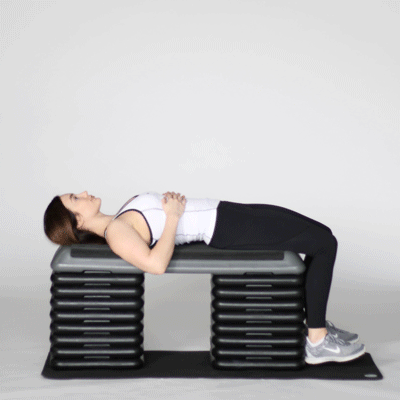
- Lie on your back on a flat surface with your legs hanging off the edge.
- Pull one knee up to your chest and hold it there with your hands.
- If the opposite leg remains flat on the surface, it indicates an anterior pelvic tilt.
The Thomas Test can help identify anterior pelvic tilt, but a medical professional should be consulted for a definitive diagnosis.
How Does Sleeping Position Affect Anterior Pelvic Tilt?
The way you sleep can have an effect on your anterior pelvic tilt.
If you sleep on your stomach, your hips can be pushed into an anterior pelvic tilt. Sleeping on your back can cause your hips to be pushed into a posterior pelvic tilt.
Thus, your sleeping position dramatically impacts the state of your pelvic tilt. The more you sleep in a proper position that corrects anterior pelvic tilt, the more your spine will gradually return to a proper posture, and vice versa.
How to Sleep With Anterior Pelvic Tilt
When sleeping with anterior pelvic tilt, it is important to maintain a neutral pelvic position. To do this, you can use a pillow to support your lower back or use a body pillow between your legs to keep your hips in alignment.
To do this, there are 3 different sleeping positions and methods you should follow:
For Side Sleepers
For side sleepers, we recommend that you sleep with a supporting pillow between your legs, so that your hips are and spine are aligned.

Make sure that the pillow between your body releases the tension on your lower back due to one leg tilting sideways when side-sleeping without a pillow between your knees.
After doing this, curve your body into a semi-tucked-in position, curving your back slightly so that it releases the pressure off your spine in a more posterior position.
To add, it's equally important to find a mattress that contours your body to help your hips and shoulders sink into your mattress just the right amount to prevent the occurrence of lateral pelvic tilt.
For Back Sleepers
The back sleeping method is our favorite and most recommended way to help fix your anterior pelvic tilt.
What we suggest you do is as follows:

- Sleep on your back comfortably
- Pull your legs towards your body, causing your knees to lift up
- Place a pillow under your knees
- Relax your legs over the pillow
- Your knees should now be lifted up, causing your back to curve into a posterior position. This will relief so much pain and pressure off your lower back.
Sleeping in this position will gradually help your spine to align and restore your natural spine position.
For Stomach Sleepers
Overall, we don’t recommend sleeping on your stomach a lot if you have anterior pelvic tilt. Stomach-sleeping can cause a huge anterior curve, accentuating your anterior pelvic tilt.
However, if you have to, here is what you should do.

When sleeping on your stomach, place a supporting pillow under your stomach (somewhere between your stomach and your pelvis) so that your back curves inside when you lie on your stomach.
This should force your body to go into a more posterior position. Thereby, decreasing the anterior tilt.
With that being said, we still highly recommend that you stray as far as possible from stomach sleeping and rather going for the previous 2 methods for side sleeping and back sleeping positions we recommend.
Most Importantly
It’s extremely important to use a mattress that is firm enough to support your spine. Opting for an extra plush mattress can let your body curve too much, causing spinal misalignment.
That’s why it’s critical that you invest in a proper mattress.
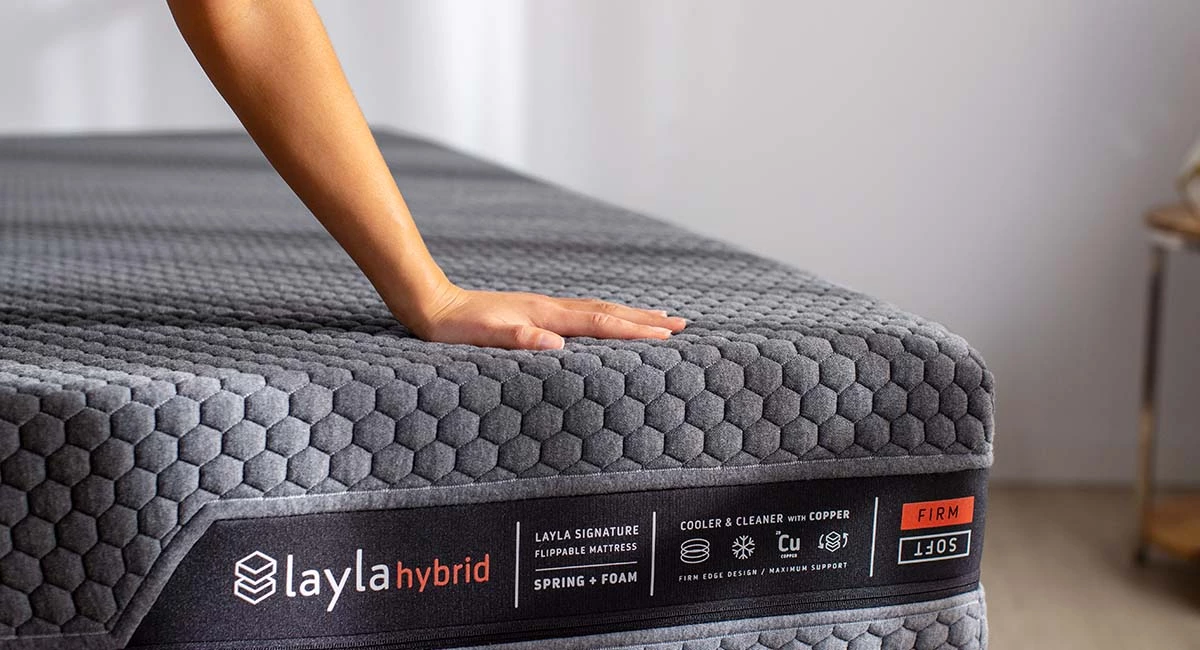
We tested tons of mattresses, and the best mattresses we found for spinal alignment and treating Anterior Pelvic Tilt are the Layla Hybrid Mattress.
Consider getting a proper mattress, it makes a night-and-day difference.
A good addition would also be getting an adjustable bed base. Adjustable bed bases can be put into a curled-up position that allows your legs to be lifted up to compensate for anterior pelvic tilt.
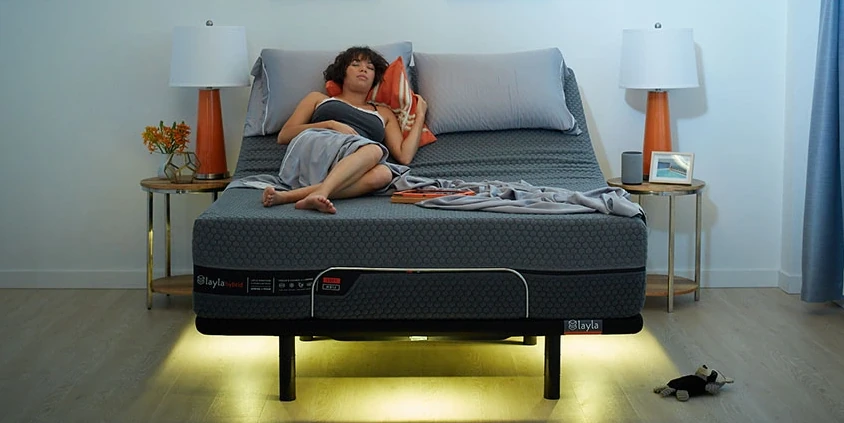
We recommend getting the Layla Adjustable Base Plus which offers a one-click zero-gravity mode that is perfect for fixing anterior pelvic tilt.
How NOT to Sleep With Anterior Pelvic Tilt

It is important to avoid sleeping on your stomach or in any position that causes your hips to be tilted forward, especially without having a pillow under your stomach that lifts up your pelvis.
You should also avoid sleeping on a mattress that is too soft, as this can cause your spine to be unsupported.
Instead, follow the different sleeping positions’ recommended methods as described in the previous section.
Conclusion
Anterior pelvic tilt is a condition that can cause pain and discomfort in the lower back, hips, and legs.
It is important to maintain a neutral pelvic position when sleeping to reduce discomfort and pain.

To do this, use a pillow to support your lower back, use a body pillow to keep your hips in alignment, and use a mattress that is firm enough to support your spine.
Avoid sleeping on your stomach and on a mattress that is too soft.
By following the rules as described in detail in this article, you’ll ensure gradual and steady improvement to your pelvic tilt and having a much healthier back, decreased pain, and comfortable night’s sleep.

Layla Adjustable Base
